Three years ago, or thereabouts, 9th CX ran an awesome article about the different triggers on a climax card and what value they bring to their decks. A lot of the wisdom in that article is still valid, and you should give it a read if you haven’t already. Since then, a new trigger has been introduced, and changed the meta-game along with it. Standby triggers have changed the calculus of deck building and have made building giant walls to control field a viable strategy in Weiss again. The aim of this exercise is to evaluate what each trigger brings to the table, how valuable they are, and how they stack against each other.
First, how should we even think about triggers? The trigger icon is an effect that occurs when an attacking character reveals a card on the top of their deck during the trigger phase of the attack. Unlike regular cards, which either have a blank trigger, no additional effect on the attack, or a single soul trigger which adds one more damage to the attack, Climax cards can have up to two trigger icons on the card. On top of this, these icons have effects other than adding soul, which eases the fact that you are sending the cards that prevent damage out of your deck and away from the waiting room. These bonus effects are nice, but some require more piloting than others and their usefulness varies from deck to deck and situation to situation. As the meta-game starts to shift focus a bit from level one and level three climax combos being the be all and end all of deck, e.g. most Kemono builds don’t bother with any CX combos, deciding what trigger icon set up is best for you becomes a more critical task.
For the most part, I’ll write my thoughts on the trigger and relate it back to the analysis that 9th CX performed to see if anything has changed. Weiss has the following triggers, and we’ll being going through them one by one:
| Standby | Incredibly Strong |
| Bounce | Very Strong |
| Two Soul icons | Solid |
| Door | Very Strong |
| Gate | Strong |
| Book | Solid |
| Gold Bar | Solid |
| Gold Bag | Weak |
| Shot | Weak |
Standby Trigger (AKA Switch Trigger)
In 2017, our thoughtful overlords at Bushiroad bestowed upon us a new trigger type, the Standby Trigger. The Standby Trigger, when triggered or played during your climax phase, activates the standby effect. The standby effect allows a player to play a character up to one level higher than the player’s level from their waiting room to any slot on the stage, tapped. Standby triggers always come with a soul trigger icon as well.
This trigger is straight value in most situations. Decks that include it are built and piloted around having opportunities to be in a position to get value out of this effect, whether played or drawn. Standby triggers introduced into a deck without much thought in deck construction do not add value due to potentially deleterious effects or the effect going to waste. Specifically, if you switch over the attacking character or a character that has yet to attack, you lose an attack. You can mitigate this by playing with open slots in the backrow, cards that check top of deck to play accordingly, or climax combos that stand switched in characters like Overlord. The scores for standby reflect them being played in their proper context.
Context is key for standby decks not only in target structure, but the number of standby triggers you run. Decks that run 4 standby triggers operate differently than those that are able to run 8. The most apparent difference is that the 8 standby player is more likely to get their character in, as they have 8 kicks at the can instead of 4. This really maximizes the value of the standby trigger. AnzuP wrote about the 8 trigger build more extensively here. The four trigger version, on the other hand will trade off some consistency in getting characters out for the ability to have a specific climax combo or a desired favourable trigger (usually comeback). You will get the characters out somewhat less consistently since there are less triggers to hit into so you don’t approach a long run average number of hits as quickly, thus cannot operate assuming they’ll get a sufficient front and back row out with standby. Players with 4 standby triggers will find their average value from the trigger icon lower than those who run eight. However, those with only 4 standby triggers get the ability to push more soul damage at will, as they will get one of the other on play of climax effects.
First turn: The switch trigger is quite weak on the first turn. Often, you won’t have many cards that you can target in your discard pile since you haven’t had a large discard event unless you mulliganed a level one card. However cards that mill on play have the ability to get potential targets. Average: 2, Max: 7
Early game: This is where standby triggers start to really shine, if the set has the tools to allow it. You are looking for a few candidates: a huge beat stick that can do two soul damage, a good backrow, cheap change at encore step, or powerful tech. The beat stick, especially one with hand encore, is a popular option for the pure value it gives you in terms of pure field dominance. This allows the standby player to build hand by playing characters from waiting room, build stock from not playing characters, and push the damage race by having access to characters with base two soul earlier. Average Value: 7, Max Value 10.
Mid game: Standby gets real spicy now. The best targets for standby are level three backrow cards that give power and other effects and characters that get huge and eventually get body guard. This is Bunny Girl and Fantasia Bunko’s bread and butter. Your field gets ridiculously oppressive as opponents will need to get to 13,000 or more to clear your field. This allows the player to be big and spam heal on the wings. You now also have access to cards that can stand themselves. Average Value: 8, Max Value 10.
Late Game: Your field is mostly set, and the card effects you are likely looking for will be on play. However, a beat stick or a character that can stand itself for a push can be quite useful here. Average Value: 3, Max Value 8.
Last Turn: You really don’t want to see this trigger unless you run a character that can stand itself for a fourth attack. This can be downright disastrous if you trigger this first. Average Value: 1, Max Value: 7.
Opinion: Standby is an incredibly strong trigger icon, arguably the strongest in the game. Having certain cards a level early is great. Having any character a level early is fantastic. Standby gets more powerful and consistent due to the fact that playing it gives you the trigger effect, so you can activate it on will. This consistency has allowed a type of deck that was not possible previously, pure field control. Once you get used to playing in ways to maximize the usefulness of standby, you will find that it allows you to easily maintain a dominating field of characters, something that was near impossible in the field wipe meta-game that predated standby triggers.
Bushiroad reacted to the prevalence of standby in recent sets by adding cards that reduce your opponent’s field power when your opponent plays a character card from waiting room to field. The idea is to force standby players to side or avoid switching in smaller characters. Whether this is an effective counter to standby, like heal-tax or salvage tax were, remains to be seen. Players interested in Standby should be very aware of how these could potentially work and think about how they will impact your game plan.
Return (AKA Wind, Bounce) Trigger
The return trigger allows the player to return a character on the opponents’ side of the field back to their opponent’s hand, it also comes with an extra soul. This was already a pretty darn good trigger, but it gets even better in the context of a meta-game where standby is heavily featured.
The beauty of sending the opponent’s character back to hand means that there is a good chance they can’t play out next turn unless they expend resources to put it back into the discard. Further, your opponent may be in a situation where they are out of standby triggers and can’t easily put them back into hand or deck.
The fact that players mostly played costless characters in the early game is not true in a meta-game where standby decks are common. 1/1, 1/2 and 2/2 characters come out in this game phase now. Not losing cards to them will make your resources go farther and potentially put your opponent behind the eight-ball. I would raise the average score for a bounce trigger to a 4 and the max value to a 9. You won’t always be playing against opponents playing standby, but when you do well timed bounces really wreck their game plan.
Otherwise, 9th CX’s analysis mostly stands. The bounce trigger is very powerful late game, as it allows you to remove pain in the butt huge characters, characters with Bodyguard, and backrow supports. The drawback of giving your opponent a second chance to use their on-play effects is still present. Early play level threes are also easier than ever to get out, so bounce preventing them from coming back out is a less common occurrence.
Opinion: Bounce is a very strong trigger that strains the resources of opponents that play costed characters. It will really impede the momentum of standby players in particular. Some players have even started including bounce triggers in decks that don’t rely on a level one combo as a tech option against standby decks.
Two Soul Icons Trigger
The two soul icon adds two soul damage to the attack that triggered it. More damage is good because your opponent loses when they get to level four. More damage is bad because it increases your chance of your opponent not taking said damage. Unlike the two soul on play climax effect, you cannot control when it happens, so you cannot deliberately punish an opponent with few climaxes and a thick deck. The two soul trigger giveth, the two soul trigger taketh away.
Honestly, most of the analysis by 9th CX still holds. However I feel the maximum value of the two soul trigger in the early game has increased due to the presence of the standby trigger. Many of these decks are looking to get a fat field out for cheap at level one by switching in powerful walls with high soul damage or good back rows. Then, they try to grind you out by spamming healing characters with all the stock they generate by not having to play cards. Hitting and sticking high damage early and having the ability to randomly strike for huge damage puts the other player on a clock. Standby decks don’t do well on a clock as these decks can take time to roll if they don’t hit their own triggers. I increase the max value of the early game to a 7.
Opinion: These cards are solid as they allow you to burst for damage, but at the same time increase the chance your opponent cancels. Be aware that you have these, especially for the situation where you may need to count on a critical hit to get back into the game or need precise damage to win the game. Aka Play 8 of these you coward.
Comeback (AKA Gate, Door) Trigger
Japan’s favourite trigger icon[1] is still a very powerful trigger icon. Getting to add a character from the waiting room is a very nice effect. Your hand is bigger, and unlike book you get to control what it is. The main change between the 9th CX analysis and now is the proliferation of easy self-milling effects: you will have more targets earlier in the game. At the same time, a new dynamic enters through interaction with standby; door and standby are commonly paired. You may not want to salvage a standby target. Most of the time, you will have a worthwhile choice that is not one of your standby targets. However, if that is not the case, this is another sad instance of the wasted trigger.
The calculus of the early game has changed a lot in three years in favour of the comeback trigger. Cheap or free milling effects are a dime a dozen. Many level 0 characters have on play or on death effects that mill cards from the top of your deck. Mill on Resonate is also appearing in some recently released sets. This puts a ton of cards into the waiting room early, giving you better salvage options earlier in the game. I would raise the Average value to 6 and the max value to 9.
Opinion: I concur with the judgement of the Door trigger by 9th CX, it remains a very strong trigger. Getting to add a card to hand is awesome, and early milling increases the chance that you get what you need. The caveat about cards that punish salvage is slightly dated, as those cards have generally fallen out of favour. They still exist, so players should be aware.
Gate (AKA Pants) Trigger
Gate is simply door, but for climaxes. There are two changes to the meta game that make gate a bit more powerful trigger than it was a few years ago: easy mill and standby triggers.
Easy mill increases the value of gate in the early game. Between mulligan, on play mills, brainstorm, and mill 4 effects on level 0 characters, it is very likely a climax or two ends up in the waiting room even if you open well. This means that gate is less likely to be worthless. You can also burn through decks with ease, players can do it in a turn or two without expending too many resources, that being out a few climaxes early isn’t the end of the world. I would increase the average and max value of gate to a 3 out of 10, still not as good as getting a character into hand, but not totally worthless.
Gating into a standby is definitely worse than just triggering a stand by since it means the character isn’t on field until next turn and can’t attack until two turns from now, but it’s still a nice bonus.
Opinion: Gate is a strong trigger. It allows players to add a card to hand in the early game and allows a depleted player another chance at a late game climax combo. It takes some getting used to, but opens options for players throughout the game[2].
Draw (AKA Book) Trigger
Book allows the player the option to draw an additional card. Unlike Door, this card is taken blind. Given the increased amount of cheap and good effects that allow for discarding cards, the random nature of the book trigger is mitigated to some degree as long as you aren’t about to refresh. On the other hand, with many ways to maintain hand through new triggers and resonate abilities that pull cards back to hand, a random new card isn’t worth as much as it used to be in the early game. Still top decking the needed character Yami Yugi style is a good feeling. I’d knock the average values of the early game and mid game to a 6. This trigger is still sad times late game as drawing another climax off triggering a climax will likely put you in a bad place.
Opinion: I tend to play decks that are a bit harder on my hand but build stock easily, so I’m naturally sympathetic to the value of more hand. I concur with the assessment of “Those who like draw” for the most part, caveated above. I think this is a solid trigger, but is outshone by other options because you know what you are getting with them. The obvious counterpoint is that the trade-off is that you will always get something with book while door, gate, or standby can have no valid targets.
One toy that has been seen more often is back row cards that convert book triggers into a draw two ditch one effect. This makes the trigger effect go from solid to excellent quite quickly. Draw two ditch one is an awesome ability that increases the chance you get something you want while offering hand fix, and a large upgrade on straight draw one.
Treasure (AKA Gold Bar) Trigger
Gold bar is a feast or famine trigger, as it lets you put the triggered climax into your hand and the top card of your deck into stock. It’s awesome when attached to a vital climax combo, as it makes that combo more reliable as you introduce another instance where the climax can come to hand. Otherwise, it gives you clock discard fodder. There are a lot cheap discard outlets running around compared to even a few years ago, making ditching an unwanted climax much easier. I think the average value is a bit higher, but not really worth quibbling about.
Opinion: A solid consistency trigger that means that the only way this isn’t ending up in your hand is if you blind stock, mill it, or cancel. It helps ensure that you get the climax combo off. 9th CX’s analysis holds here again.
Pool (AKA Gold Bag) Trigger
Gold Bag allows the player that triggers it to place the top card of their deck into stock before the climax. The only difference between the 2016 meta and the current meta is that gold bag is an even rarer trigger than it was back then. Not a lot of sets have it in green anymore, opting to have multiple gold bar triggers or two soul triggers. The weak value proposition hasn’t really changed since then either.
Opinion: 9th CX’s more pessimistic take holds here. If your deck is really hard up on stock, it can help, but blind stocking another climax really hurts. If you need conditional stock to make things work at all, your deck likely has more fundamental issues. This is probably the worst overall trigger.
Shot (AKA Shot) Trigger
This is where I disagree with the 9th CX evaluation the most. When shot trigger works, it’s awesome. However, its value when triggered is really inconsistent. This trigger is more inconsistent than every other trigger we’ve considered because it relies on your opponent cancelling too. Every other trigger will give you something if you trigger it alone as long as the target is available. Return even relies on your opponent’s field. This is the only one that relies on your opponent’s top decking. If your opponent doesn’t cancel, the climax goes to stock with the same benefit as a character card.
Another inconsistency of this trigger is it can often come up in situations where a blank trigger was a better option. This can be the case due to the fact that the shot trigger is always paired with a soul trigger, something you cannot decline unlike the draw from the draw trigger. This means that whenever shot comes up, you are likely hitting for more than you planned for. Triggering the extra soul increases the chance of cancelling, meaning that you are potentially trading two soul damage for one soul damage (not to mention that a well compressed opponent may very well cancel both and still be in good shape). This issue gets bigger with characters that have two soul, which start coming out later in the game. I find that the high value given to the shot trigger is unwarranted. If you’re running this, it better be tied to a real good climax combo.
A trigger that is near worthless for most of the game just isn’t good. In the early and mid-game, there isn’t much difference between this and triggering a character card with a soul icon. The two soul is likely better overall. Clearing out two climaxes may not even net you much more damage given how much mill players have at their disposal. I would argue that the average value for the mid game should be halved. In the late game, it has more value, but at the same time the trade-off between over hitting lethal damage and shot muddles the value. It’s definitely still better than triggering door, book, or gate though. I’d knock the rating to 5 out of 10.
While sticking lethal due to shot is awesome, it’s also possible to whiff lethal due to shot’s accompanying soul trigger. I feel that 10 out of 10 average value for triggering it on the last turn is too high, but not by that much. I’ll give it an 8 out of 10. Given that shot can be clutch a.f. on rare occasion, all the max values stand.
Opinion: I personally think it is the weakest overall trigger that still gets commonly printed, RIP Pool. It’s too useless for too long in the game to really get excited about. However, this trigger has the ability to be clutch in the late game, which has to be respected.
Conclusion
There are a lot of triggers in Weiss, and each brings something quite unique to the table. In the light of fields being able to survive multiple turns, climax triggers that either support or disrupt the field are very powerful. Bounce, an already powerful trigger, got even more so in the context of standby. The downsides of the triggers that aren’t bag or shot have been mitigated to some extent by the more consistent nature of Weiss decks and easy access to discard.
Hopefully this article helps you think about building your next deck. This article will likely evolve, especially in light of corrective measures coming to standby. Hope you enjoyed the read!
See all of these triggers in action at Calgary’s weekly tournaments, streamed at our Twitch Channel every Wednesday and Friday! Friday broadcasts start at 6:30PM MST (8:30PM EST)
[1] If you aren’t playing 8 gates (door), you aren’t playing Weiss right. Love Japan
[2]Kevin told me about a fun new innovation has begun to crop up in Japanese decks. Players will run four copies of their level one climax combo, one copy of their level three climax combo, and three gates. The choice has some nice benefits, including increasing the chance that you get your level one combo off if you mill one of your level on climax cards early, and allowing you to pitch the finisher climax card and have an okay chance of getting it back depending on how compressed you are. I haven’t been able to find a winning list that has actually done this yet, so this lives in a footnote for now.

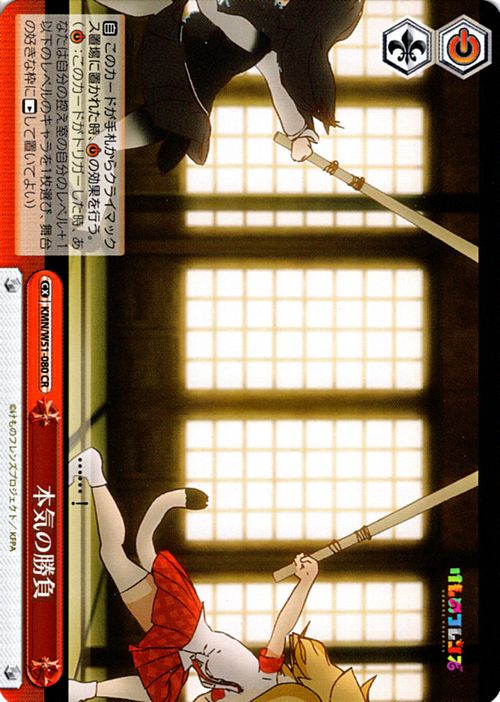
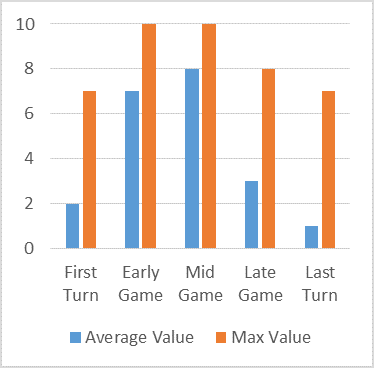
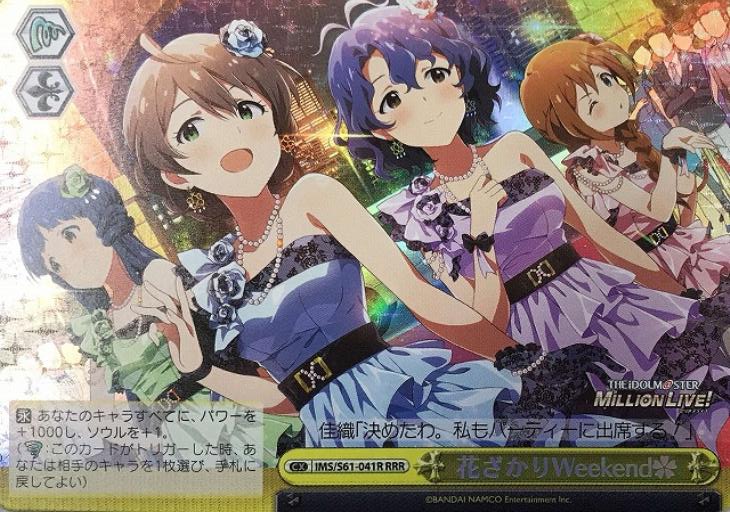
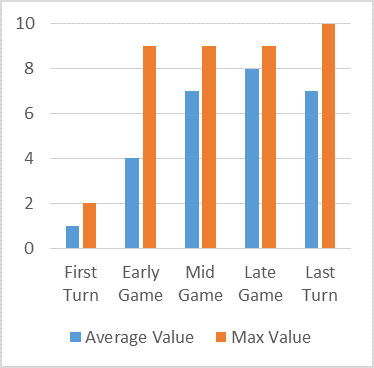
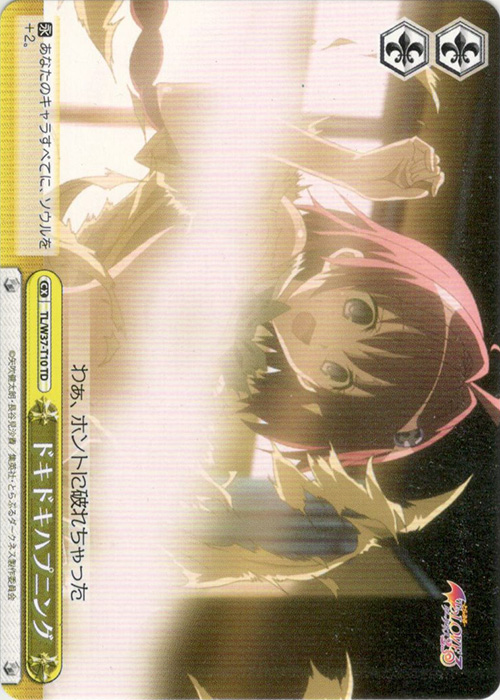
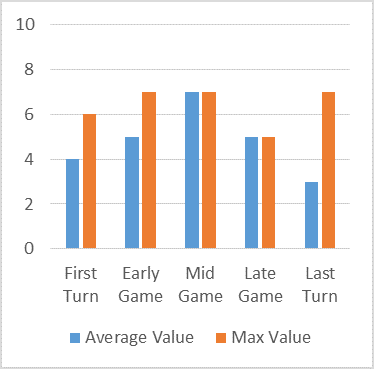
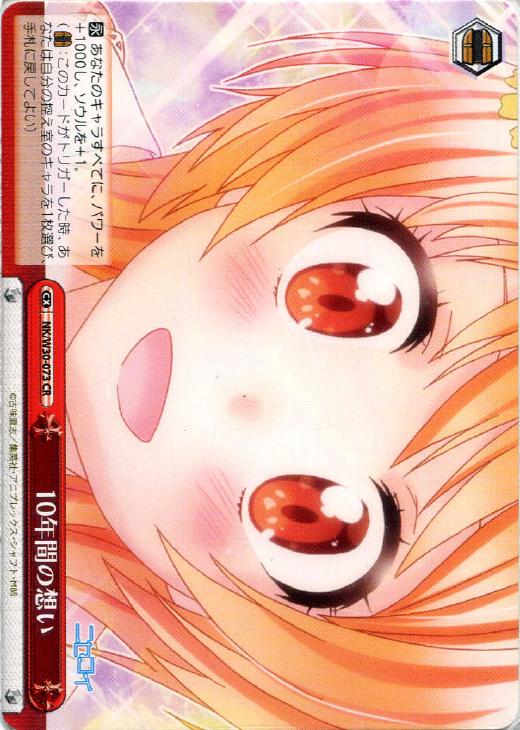
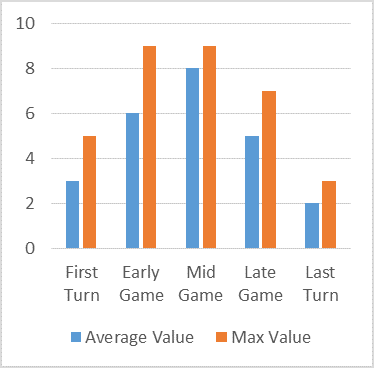
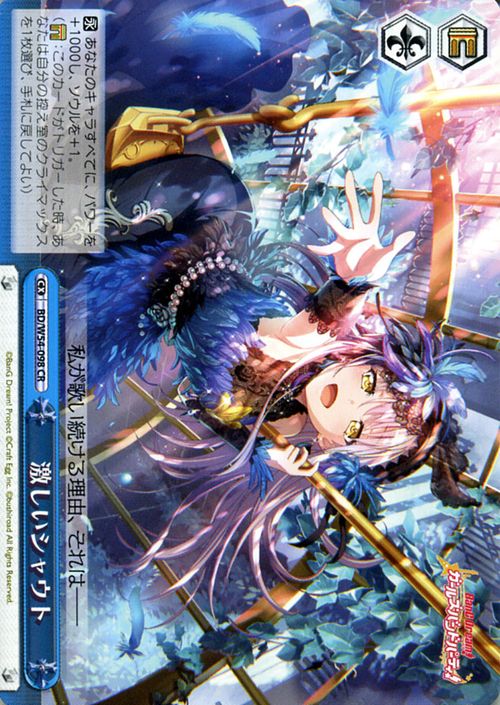
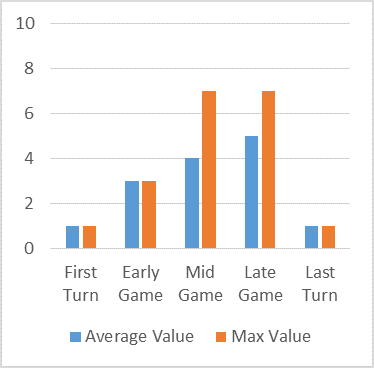
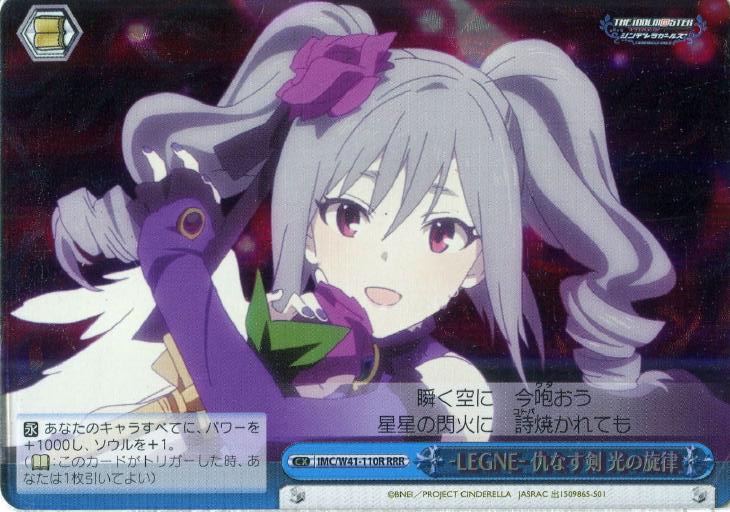

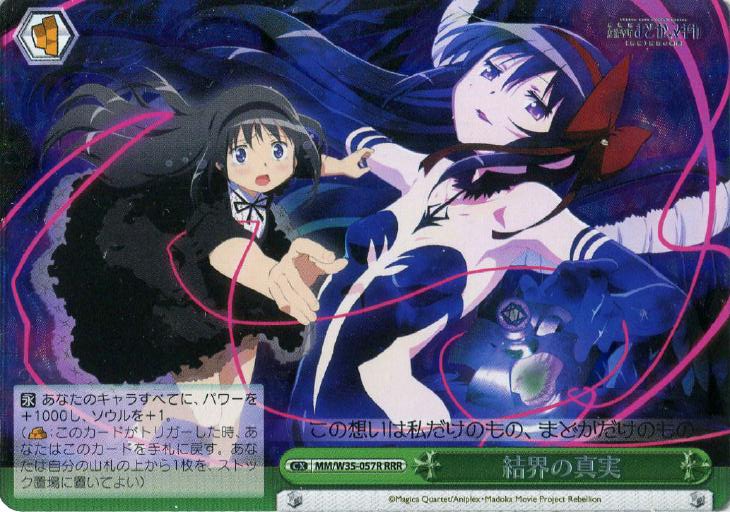
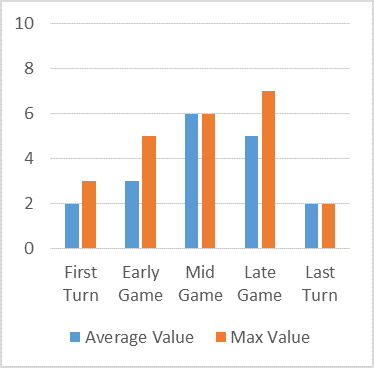
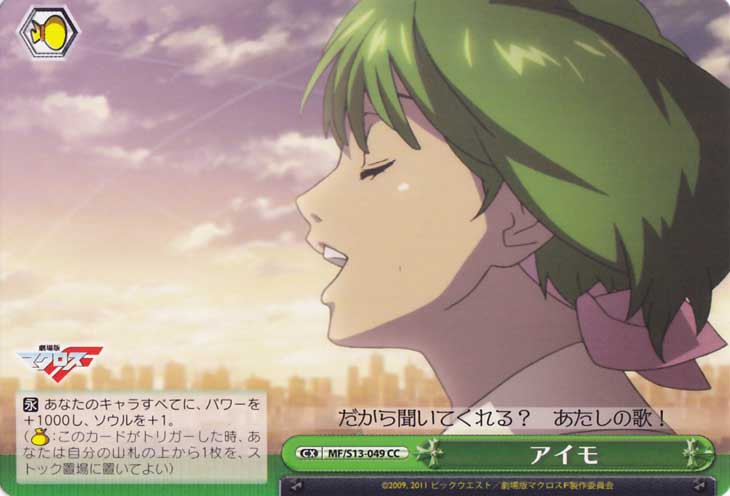
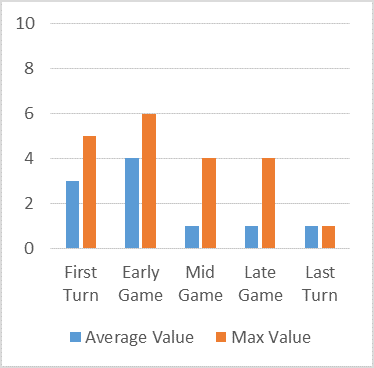
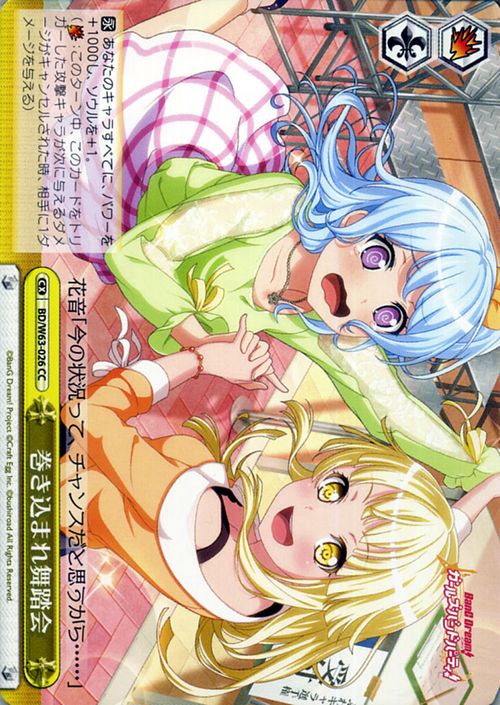
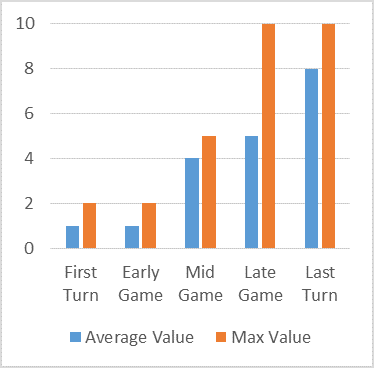
One thought on “Weiss Schwarz Trigger Icon Ranking 2019: The Good, the Bad, and the Bag Trigger”